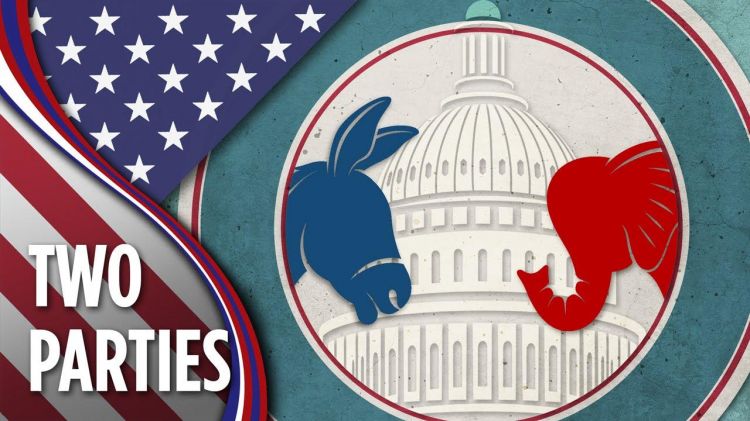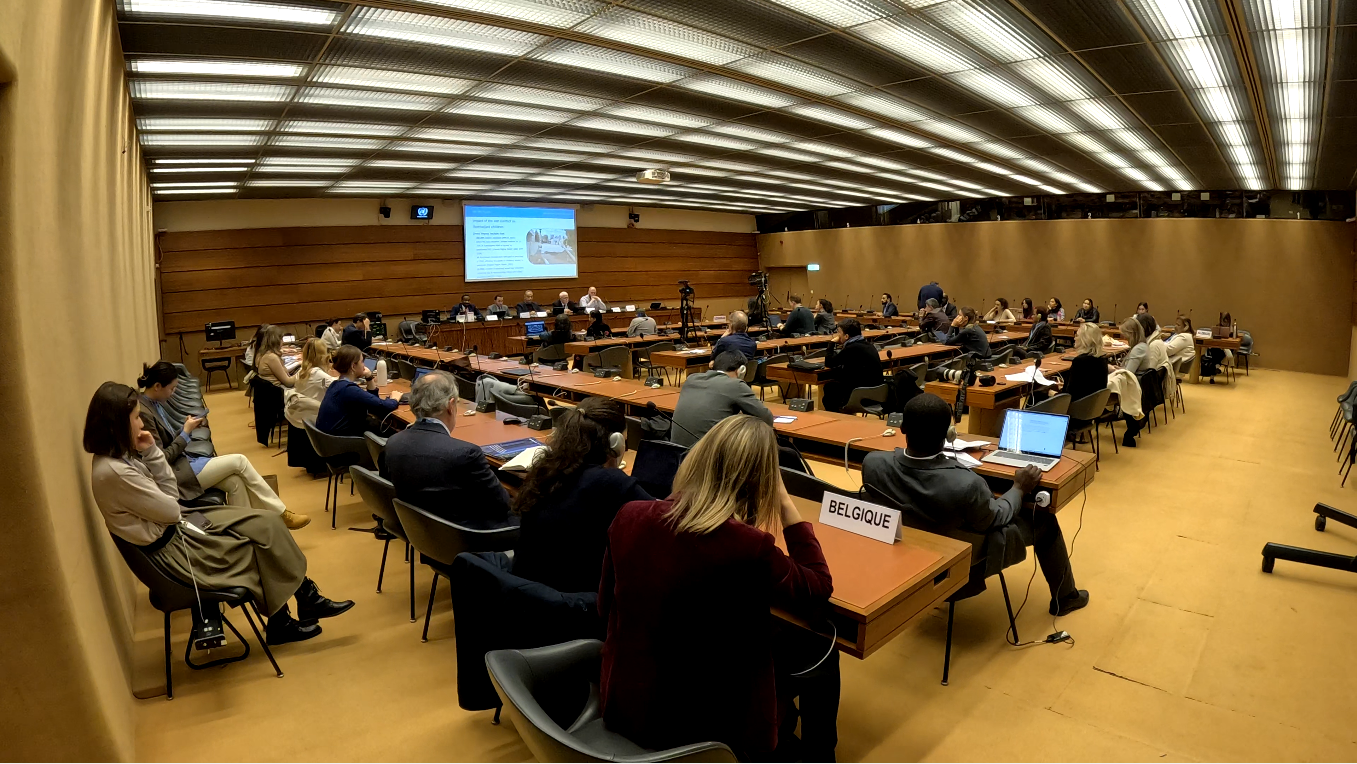The founders of the American Republic neglected the role of the political parties when they signed the United States Constitution on September 17, 1787 in Philadelphia, Pennsylvania. It was expected that political parties would play no any formal role in the state system. Contrary to the intentions of the founders, the USA (United States of America) became the first country where the political parties appeared on the nationwide basis. Today, the U.S. political process is entirely controlled by only two big parties, the Republicans and Democrats. Undisputed monopolization of the politics by the two parties in the country that is considered as the best example of democracy remains the main issue for discussion.
Since 1860, the Democratic and the Republican Parties have been replacing each other in all United States Presidential elections. At first glance, it may seem that the parties are not policy leadership structures because any political achievements relate to the President while parties are usually presented as secondary influences on the policymaking. Moreover, a role for parties is not facilitated in the constitutional system. Nevertheless, the parties play a very important role while stimulating a competing approach to the same issues.
Why do only two instead of multi-party system dominate the U.S. political system?
Monopolization of power in the USA by two biggest parties is a result of the single-member plurality electoral system, where the candidate who holds a majority vote is elected. In order to win all the seats, the person has to get the most votes. Due to their massive resources and power, Democratic and Republican parties have more chances to promote own candidates. Being sure that representatives from other parties do not have many chances to be elected, the electorate prefers to select only between two.
This argument is very significant; however, three additional factors should be considered for understanding why minor parties are marginalized in the USA. First of all, small parties in the USA have a small range of differences from the two biggest parties. Therefore, they prefer to join the biggest parties than form new ones. Secondly, citizens of the USA consider themselves as one nation and there is no need to form separate parties for maintenance ethno linguistically based minor parties as it is happening in the United Kingdom. The last but not least important reason is that small parties can enter into coalition with the biggest parties in order to shave the power. Those small parties that have similar views with the Democrats or Republicans will have more chances to promote own reforms in a coalition rather than separately without much support.
Comparative analysis of the Republican and Democratic Parties
Many scholars commonly imply the claim that both parties tend to be centrist while some critics argue that there are significant differences between them. This is one of the most controversial issues because two Parties seem to be very asymmetric and it is possible to observe just some minor similarities in common. Preferences of two parties depend on the external factors such as donors, party activists, and public supporters. Researchers like Kathleen Bawn, Martin Cohen and John Zaller proposed a new theory that reflects the private interest of some groups who seek power for own sake and try to promote particular people in the parties.
Despite these minor similarities, two parties have dissimilar political goals and fundamentally different ways for their implementation. Since the 1970s, the Democratic Party has moved towards the liberalization while the Republicans support conservative approach by focusing on the central role of ideology. In comparison to Democrats, Republicans have always been more ideologically oriented.
The Republican Party has always been worried about conservative doctrine and the principle of limited government. They want people to be responsible for own lives and encourage jobs with less dependency on the federal government. Active support of religious, economic and racial minorities guarantee strong support from social minorities to the Democratic Party presidential candidates. In comparison to that, candidates from the Republicans Party express the willingness to get support from social majorities, dominated by white voters.
Taking into consideration the strict and conservative approaches of the Republicans, it is obviously that they do not support sexual and racial minorities or the idea of feminism. Democratic Party better serves women’s interests and rights. In 2016 Precedential elections, the Democrats are resented by woman for the first time as never before. Promotion of the women’s right can be considered as the best ‘weapon’ in the hands of Democrats. It provides them with a strong support from the American women who trust in the idea of equal rights in the USA.
Talking about differences between two parties it is very important to highlight different approach to the economic reforms related to the level of unemployment and inflation in the country. Economic policy of the government usually changes with the change of the party. Republican Party supports low rates of taxation and inflation with modest and balanced government budgets. In addition, it opposes income equalization and tries to trade greater unemployment for less inflation. In comparison to that, Democrats are in favor of income equalization and lower unemployment with larger government budgets. They try to accept increased rates of inflation in order to reduce unemployment. Moreover, Democrats support raising taxes for high-income earners while Republicans tend to favor ‘flax tax’ (same tax rate regardless of income). Finally, the Republicans support stronger enforcement actions at the border while there is a greater support in the Democratic Party for undocumented immigrants.
Consequences of two-party system for democracy
The different approach to the same issues and role of the parties in the political decisions is one of the most significant issues for development of democratic societies. The number of parties in the political system of the country can have a positive and negative effect on the level of democracy.
.png)
Two-party system has been criticized many times as a real threat to democracy in America. British multi-party system is presented as an ideal model that encourages big parties to cooperate with small parties and stimulate more diverse viewpoints in government. There have been arguments that multiparty system is good for the society with a big number of ethnic groups that consider themselves as separate nations. In comparison to the United Kingdom, two-party system in the USA is generally more stable and easier to govern than multiparty systems. It provides a tremendous degree of stability in the government. Moreover, it guarantees stable and predictable choices for the American electorate. Finally, it seems easier to find a compromise in the case if there are only two parties rather than in multiparty system with a big number of divergent approaches.
In sum, America’s two party system seems to be more stable and less extreme that is obviously good for democracy. The fact that two but not one political parties dominate the system helps to avoid monopolization of the system and sustain double approach to all issues. This system allows citizens to engage in policy details through the party they vote for. The population has two options and two policy directions in the face of Democratic and Republican Parties. Nevertheless, strong ideology within Republican Party and opposition to feminism, racial minorities and bi-sexual marriage reduce the rate of this party. Republicans should increase their popularity among racial minorities while supporting more liberal approach to the issues around immigration and gender equality. Otherwise, Democrats will be able to get stronger support by their more liberal views that will allow them to monopolize the political agenda of the country.
By Anastasia Lavrina










